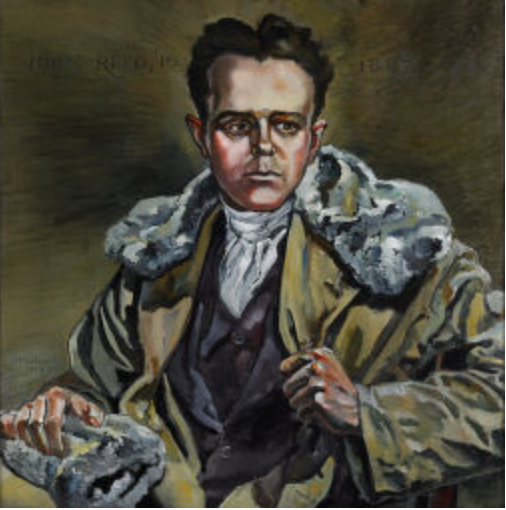
John Reed by Robert Hallowell
*
Español
June 30, 2024
by Philip Gambone
In March 1914, as his eye-witness dispatches about the Mexican Revolution were being published, John Reed's fellow Harvard classmate, Walter Lippmann, wrote to him: "Your… articles are undoubtedly the finest reporting that's ever been done. You have perfect eyes, and your power of telling leaves nothing to be desired. If all history had been reported as you are doing, Lord."
Reed, whose gripping reports from the battlefront earned him the sobriquet "The American Kipling," was "many men at once," Lippman said—a writer, a correspondent, a poet, a radical, a free spirit, and the lover of many women. Reed once told one of his lovers, "There isn't any law you have to obey, not any moral standard you have to accept, nor in fact anything outside of your own soul that you have to take any account of." Fittingly, one of Reed's biographers, Robert Rosenstone, called him a "romantic revolutionary."
Reed's first book, Insurgent Mexico, grew out of the four months he spent south of the border on assignment to cover the Revolution. The book was enthusiastically received, turning him, almost overnight, into a legend. He became, another biographer, David Duke, writes, "one of the most celebrated young journalists in America." Reviewing the book in the Harvard Monthly, the eighteen-year-old John Dos Passos, who would go on to write about Mexico in his U.S.A. trilogy, praised the "startling vividness" of Reed's prose, which, he said, made the reader feel "that you have been in Mexico, that you have felt the hot blast of the Mexican deserts, lived the passionate picturesque life of the country."
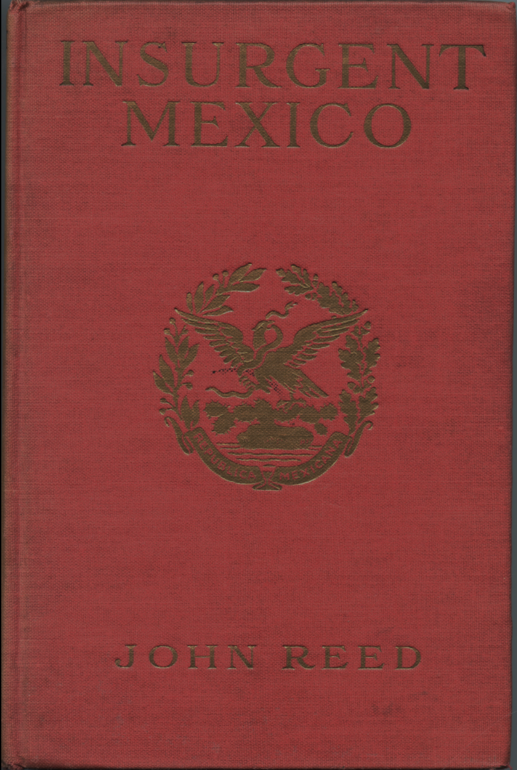
Insurgent Mexico (1st edition)
*
John Silas Reed was born in Portland, Oregon, in 1887. His father was a successful businessman, whose wealth and wit won him high social standing in the community. Young John—or Jack, as he became known—was sent to Portland Academy, a private school, where, chafing under the heavy discipline, he became bored and rebellious. Only composition seemed to interest him. He "felt sure" that he was "going to be a great poet and novelist."
Just before his seventeenth birthday, Reed was sent to Morristown School in New Jersey to prepare for entrance into Harvard. At Morristown, he continued his passion for writing, contributing to two of the school's magazines. Failing his first attempt at Harvard's entrance exams, Reed passed on his second try, entering the college in September 1906.
At Harvard, Reed was "desperately lonely" and full of self-doubt. He turned to sports and writing as ways to find a place for himself amid the cold, snobbish milieu of the college. His attendance at meetings of the Socialist Club made him realize, as another one of his biographers, Eric Homberger, puts it, "that there was something going on in the dull outside world more thrilling than college activities." A course with Harvard's legendary expository writing professor Charles Copeland, got Reed to seriously consider a career in journalism.
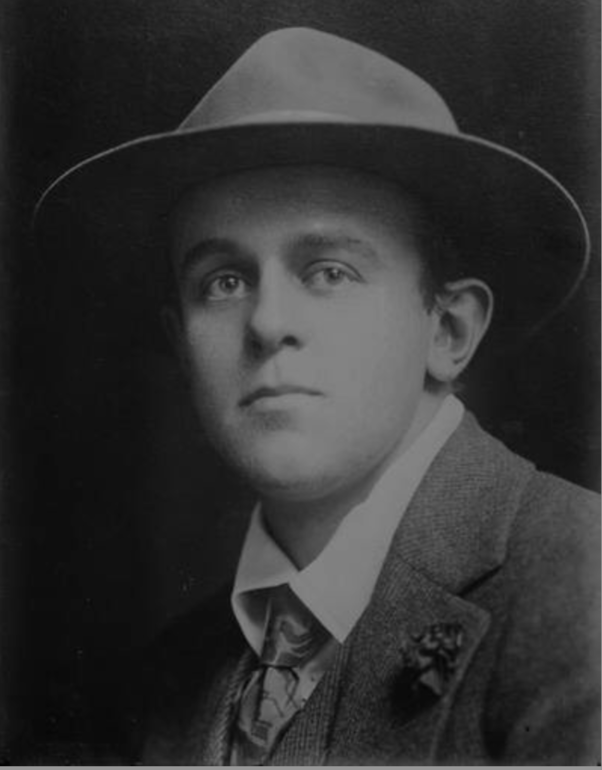
John Reed
*
After he graduated in 1910, Reed—"big and growing, handsome outside and beautiful inside," one of his friends said—spent several months in Europe before settling in New York's Greenwich Village. "Citadel of amateurs, / Battle-ground of all adolescent Utopias, / Half sham-Bohemia," he called it in one of his poems. It was "an enchanted city," Reed recalled, "on an infinitely greater scale than Harvard." He soon began publishing poems and articles in a variety of magazines. In his free time, he explored the city in all its variety, regaling his friend and fellow-journalist Lincoln Steffens with animated descriptions of "girls, plays, bums, I.W.W.'s, strikers."
In 1913, Reed was asked by Metropolitan magazine to go to Mexico to report on the revolution. Armed with a camera, notebooks, and his keen eye and ear, he arrived in December. Almost immediately he felt stimulated by this wild, dangerous, fascinating new country. Chihuahua, Pancho Villa's headquarters, impressed him with its bright color and "astonishing golden yellow and mosque-like white churches." It was, he wrote to a friend, "as romantic as can be." Romantic Mexico may indeed have been, but Reed was determined to be honest and accurate in the dispatches he sent back to New York. In them, he presented "pictures of the struggle down there as I saw it, keeping as far as possible my own opinions in the background."
Hitching a ride on a troop train, Reed followed Pancho Villa's army south, sometimes sitting on the cowcatcher. Most of the soldiers in this ragtag army had never heard of reporters. Some were suspicious of the gringo in their midst and thought he had come to Mexico to spy. "Are you going to fight with us?" one asked, and when Reed said that, as a correspondent, he was forbidden to fight, the man, shot back, "We want no words printed in a book. We want rifles and killing, and if we die we shall be caught up among the saints!"

Revolutionary troops riding on a cowcatcher
*
Many came around to seeing Reed as a compañero who had traveled "thousands of miles by the sea and the land to tell his countrymen the truth of the fight for Liberty." In turn, Reed made friends with several soldiers, whose essential goodness won him over. "Among the ragged troops of revolutionary armies," another biographer, Robert Rosenstone, writes, "Jack underwent many experiences that could be summed up in the glorious feeling that he was truly one of los hombres."
In the spring of 1914, after Villa's victory at Torreon, the battle that made it possible for the Constitutionalists to advance on Mexico City, Reed returned to the States and turned his articles into a book, Insurgent Mexico, which was published in July. Insurgent Mexico is written in the strong, muscular, vivid prose that is Reed's hallmark. Instead of a slavish chronicle, Reed chose to organize the book around vignettes and anecdotes, many of which have the quality of a good literary short story.
Reed's magnificent powers of description are everywhere evident in these pieces on Mexico, which he called a "tremendous country." He brought his readers into the unforgiving Mexican landscape: the hot sun and thin dust, the "spiny hostile vegetation," the "red porphyry mountains" and "leagues and leagues of dark desert." Equally striking are his accounts of warfare—the "hellish roar and shriek" of battle; the "fierce stabbing needle of the machine guns"; the crews who scoured the tracks looking for booby traps; the beaten, exhausted soldiers; the brutality, chaos and looting; the dead bodies humming with flies.
One of the most engaging aspects of the book is Reed's sharp-eyed, unsentimental portrait of the common folk. He admired the Mexican peasants, whom he described as "courteous, loving, patient, poor, so long slaves, so full of dreams, so soon to be free." "It is impossible to imagine," he wrote, "how close to nature the peons live on these great haciendas. Their very houses are built of the Earth upon which they stand, baked by the sun. Their food is the corn they grow; they drink the water from the dwindled river, carried painfully upon their heads; the clothes they wear are spun from the wool, and their sandals cut from the hide of a newly slaughtered steer."
As eager as Reed was to be honest in his reporting, scholars have pointed out that he "was not above embellishing incidents, even to the extent of creating fictious characters and arbitrarily changing their identities when it suited his purpose." Nevertheless, as Homberger says, "What makes Reed's book factually somewhat suspect also makes it, in literary and political terms, rather more intriguing."
Reed's conversation with General Toribio Ortega is a case in point. While it is hard to imagine that it's a verbatim transcription, he beautifully captures the essential passion of the man and his commitment to the Revolution: "You in the United States do not know what we have seen, we Mexicans!" Ortega told him. "We have looked on at the robbing of our people, the simple, poor people, for thirty-five years, eh? We have seen the rurales and the soldiers of Porfirio Diaz shoot down our brothers and our fathers, and justice denied to them. We have seen our little fields taken away from us, and all of us sold into slavery, eh? We have longed for our homes and for schools to teach us. All we have ever wanted was to be let alone to live and to work and make our country great, and we are tired—tired and sick of being cheated."
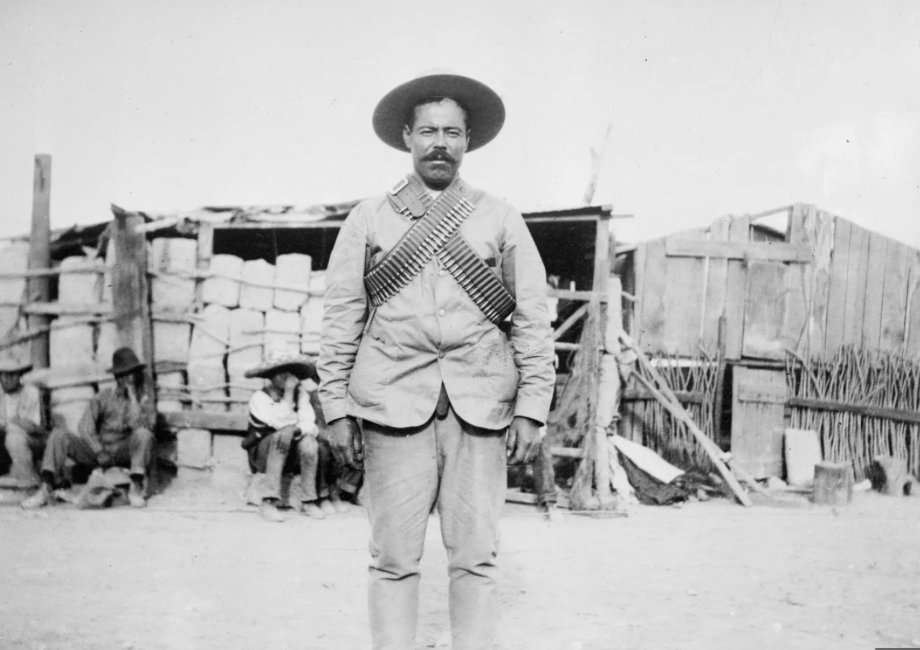
Pancho Villa
*
Reed took pains to present Villa's motley revolutionary army with unflinching accuracy, warts and all. Nor does he whitewash the mixed motives the soldiers tell him they have for fighting—everything from the noble and predictable "better life" to a chance for "better whisky." Another soldier confessed that fighting was preferable to working in the mines.
One section of Insurgent Mexico is devoted to a portrait of Pancho Villa, the "Mexican Robin Hood." The son of uneducated peons, Villa spent twenty-two years of his life as an outlaw before taking up arms in the struggle, raising an army of three thousand men and proclaiming himself military governor of the state of Chihuahua. Reed admired the "reckless and romantic bravery" of the man, considering him "without the possibility of any doubt the greatest leader Mexico has ever had." Villa's simplicity of character, courage, and coarse, blunt humor won favor with his troops. "He could," Reed wrote, "explain things to the great mass of ordinary people in a way that they immediately understood."
At the same time, Reed was candid about Villa's viciousness. "The Rules of War didn't make any difference in Villa's original method of fighting," he wrote. "The colorados [Federal troops] he executed wherever he captured them; because, he said, they were peons like the Revolutionists and that no peon would volunteer against the cause of liberty unless he were bad."
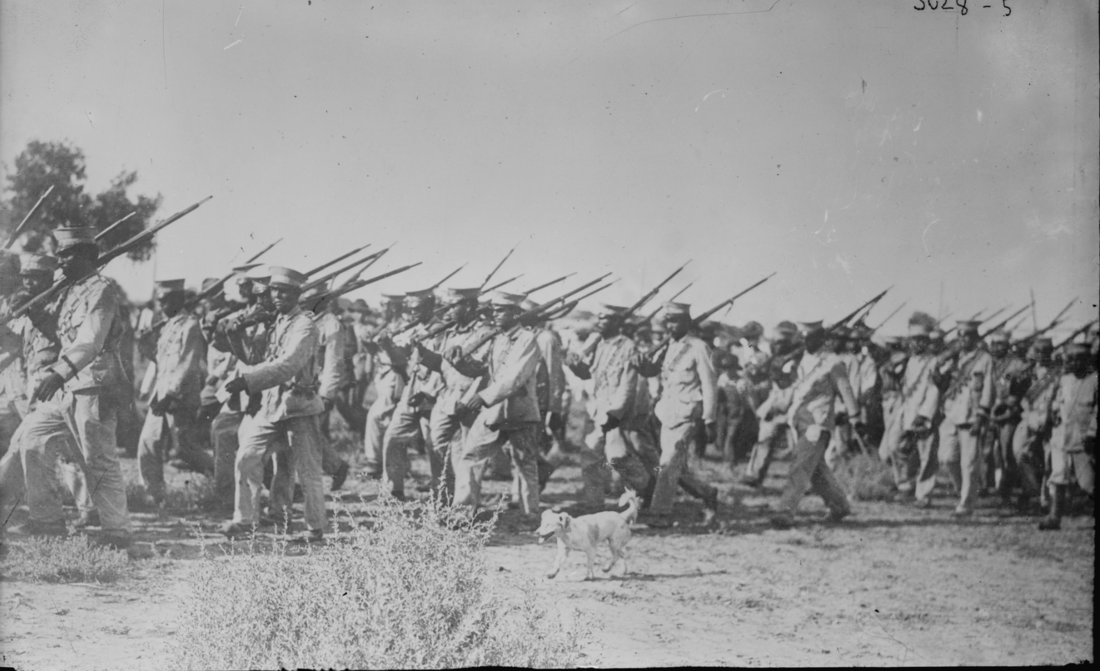
Federal troops
*
The book ends with a lovely description of a peasant miracle play, Los Pastores, a battle of wits between rustics and the Devil. "These ancient plays," David Duke writes, "reflected for Reed much that he had grown to love about the country, especially the vitality and symbiosis of Mexican village life. He hoped that the revolution would reshape all of Mexico in this image."
After his Mexico book, Reed turned to writing on the American workers' struggle for social justice and the World War in Europe. In 1917, he took off for Russia, excited to witness another revolution unfolding there. "For color and terror and grandeur this makes Mexico look pale," he wrote to a friend. His masterpiece, Ten Days that Shook the World, is a result of that sojourn. Three years later, a few days before his thirty-third birthday, Reed was dead, a victim of typhus. He is only one of three Americans buried at the Kremlin.

Ten Days that Shook the World
*
Insurgent Mexico may not be as great as Ten Days that Shook the World, but it makes marvelous reading for anyone who is interested more in what the Mexican Revolution felt like than in keeping track of the day-to-day chronology of events. Written over a hundred years ago, the book pulses with youthful energy, vigor, and even moments of humor, on every page.
**************

Philip Gambone, a retired high school English teacher, also taught creative and expository writing at Harvard for twenty-eight years. He is the author of five books, most recently As Far As I Can Tell: Finding My Father in World War II, which was named one of the Best Books of 2020 by the Boston Globe. His new collection of short stories, Zigzag, will be published in October.
**************
*****
Please contribute to Lokkal,
SMA's online collective:
 ***
***
Discover Lokkal:
Watch the two-minute video below.
Then, just below that, scroll down SMA's Community Wall.
Mission

Visit SMA's Social Network
Contact / Contactar

